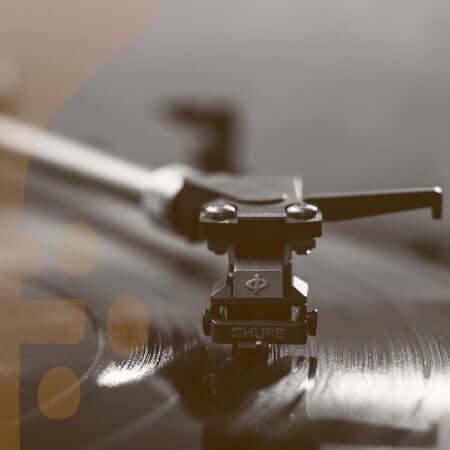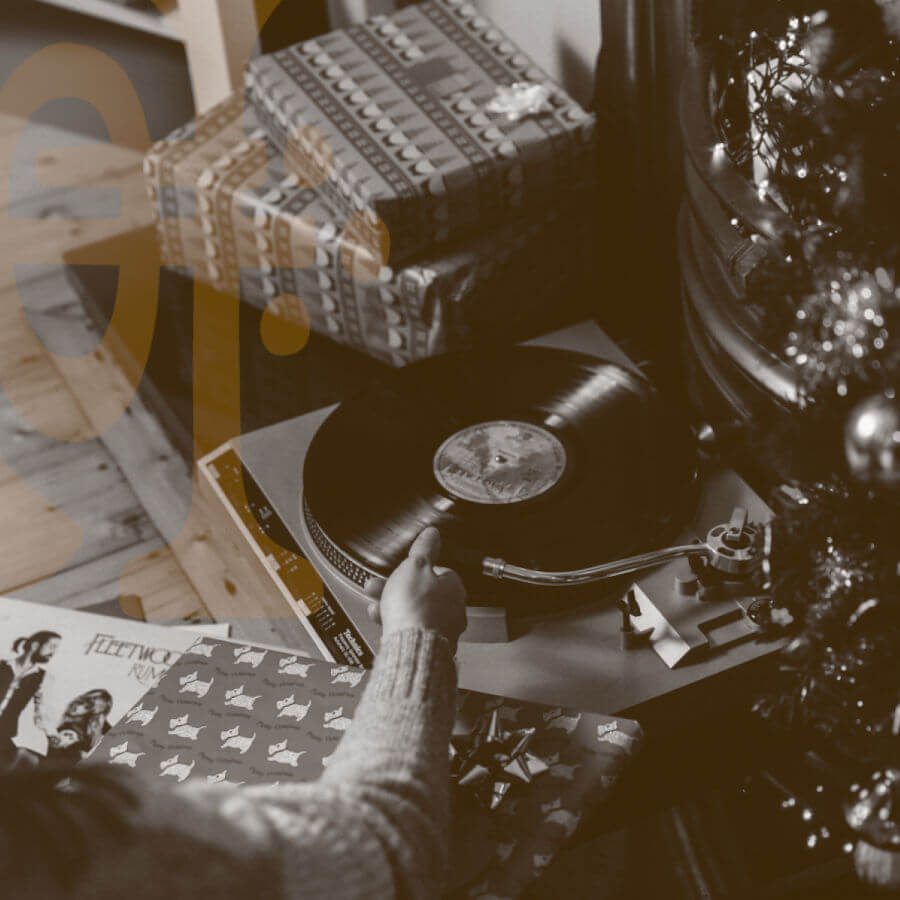The record needle, also known as the pickup needle or stylus, is a crucial component of any vinyl player that affects the sound quality and lifespan of your vinyl records. Investing in a quality needle and regularly maintaining it and your records will give you a better sound experience and extend the life of your vinyl collection. The stylus is simply indispensable for every vinyl enthusiast. Here's everything you need to know about record needles:
What does the needle mean to a vinyl player?
The record needle is the part of the pickup that comes into direct contact with the surface of the vinyl record. Its main task is to translate the physical variations in the disc's grooved surface into electrical signals which are then amplified and converted into sound. The quality and condition of the needle directly affects the sound quality.
Good quality vs. Bad quality
- Good quality :
- A high-quality stylus is usually made of diamond or sapphire, materials that are durable and provide good sound reproduction
- It has a carefully designed grind to minimize wear on your vinyl records and to provide a clear and detailed sound image
- Good quality needles are designed to reduce excessive pressure on the record surface, reducing the risk of wear
- Poor quality :
- Cheap or worn needles may be made of less durable materials and have poorer sharpening.
- They can cause unnecessary wear on the disc's grooved surface and result in poorer sound quality.
How much does a stylus cost?
The price of record needles varies depending on quality and brand. A common benchmark is that a good quality turntable needle can cost somewhere between 50 and 200 USD, but there are much more expensive options for high-end sound systems.
How does a high quality stylus affect the sound?
A high-quality record needle can improve sound quality in several ways:
- Better sound clarity: It can reproduce details in the music more clearly and with better definition
- Reduced wear and tear on records: It reduces wear and tear on your vinyl records and extends their life
- Reduces the risk of dirty sound: A high-quality needle minimizes the risk of static electricity and small particles that can interfere with the sound.
How often should a stylus be changed?
Needle life depends on several factors, including how often you play your records, the pressure used, and the condition of the record. As a guideline, for the average user, a good quality stylus can last up to 1000 hours of play time or more.
When do I know it's time to change the needle for the vinyl player?
Knowing when you need to replace the record needle is important to preserving the sound quality and condition of your vinyl records. Some signs that the needle should be replaced include:
- Lost sound quality: If you notice that the sound from your vinyl player has become blurry, lost detail, or that there is noise that was not there before, it could be a sign that the needle is worn out.
- Cracks: If you hear constant crackling when you play your records, this may be because the needle is worn and can no longer follow the grooves of the record correctly.
- Scraping noise: If the needle makes a scraping or grinding noise as it moves across the surface of the disc, this can be a clear sign of wear.
- Discs that jump: If the discs skip grooves or if the needle "jumps" on the surface of the disc, this may indicate that the needle is worn and can no longer stay stable in the grooves of the disc.
- Visual inspection: Sometimes you can see wear on the needle by carefully inspecting it with a magnifying glass. If the needle is bent, worn or has an uneven appearance, it is time to replace it.
- Never changed needle: If you have never changed the needle and your player has been in regular use for years, it is likely that the needle is worn out.
- Follow the manufacturer's recommendations: Some turntable and stylus manufacturers give recommendations on how long their stylus should last. That might be a good guideline to follow.
It is important to note that even if the needle appears to be in good condition, it may have lost its sharpness and ability to correctly track the disc's grooves. Therefore, it can be a good habit to change the needle at regular intervals to preserve the sound quality and prevent unnecessary wear and tear on your vinyl records. When you replace the needle, it's also a good time to do a thorough cleaning of your turntable to ensure optimal sound quality.















